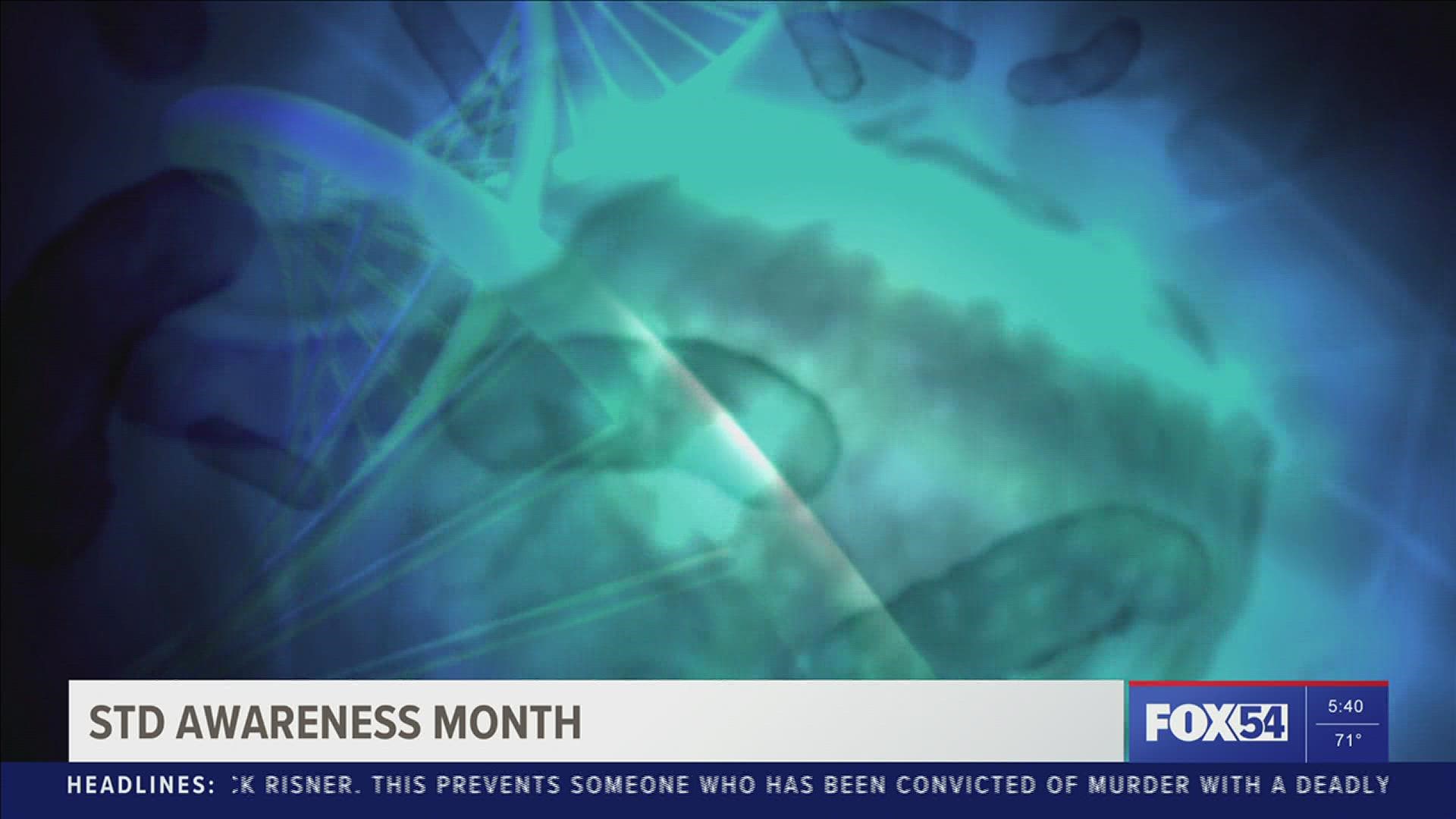HUNTSVILLE, Ala. — Over the past 8 years, cases of sexually transmitted diseases in young people starting at 14 years of age are rising nationally.
Pediatrician Rhonda Graham emphasizes the importance of education and the advancements in testing that are more comfortable and helpful than they were in the past.
Graham: I think most young people don't think that it could happen to them, whether or not they've been educated about it or not.
What would you say to a person infected with an STD that may be embarrassed or concerned?
Graham: I would just let them know how common it is. And it's not something that should be embarrassing or shameful. It's just a matter of giving them the education that they need so that they can protect themselves and they can treat themselves and it's a health matter. You know, it's just one extra thing that we're going to do to make sure that we're living healthy and effective lifestyles.
Three most common STDs
You can get gonorrhea by having vaginal, anal, or oral sex with someone who has gonorrhea. A pregnant person with gonorrhea can give the infection to their baby during childbirth.
Chlamydia is a common STD that can cause infection among both men and women. It can cause permanent damage to a woman’s reproductive system. This can make it difficult or impossible to get pregnant later. Chlamydia can also cause a potentially fatal ectopic pregnancy (pregnancy that occurs outside the womb).
Trichomoniasis (or “trich”) is a very common sexually transmitted disease (STD). It is caused by infection with a protozoan parasite called Trichomonas vaginalis. Although symptoms of the disease vary, most people who have the parasite cannot tell they are infected.
All Urgent Care for Children locations provide free STD testing. All tests are noninvasive and now only take at least 20 minutes to get results and a treatment plan.

